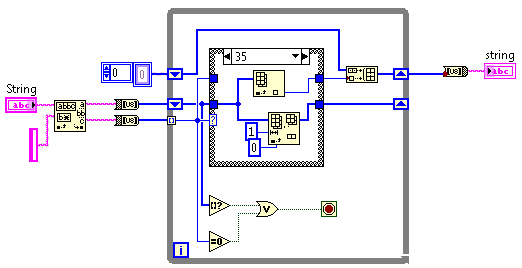18
You are given a single printable ASCII string containing no newlines, and a multiline "mold", containing spaces (), and hashes (#).
You must go character by character in the string, and replace hashes using the characters from the string in left-right, top-bottom order. If the string is too short to fill the mold, you stop outputting, if the string is too long you truncate the string to exactly fill the mold.
Example string/mold (string too long, truncated):
Loremipsumdolorsitamet,consecteturadipiscingelit.Namsuscipitmagnanoneratgravidacondimentum.Vestibulumnecnisllorem.Fuscemolestieviverranibh,eueleifendnislplaceratnon.Namblanditturpislacus,vitaemolestielacusimperdietquis.Nullapulvinar,exquissollicitudinfacilisis,eratnullavolutpatlectus,etluctusenimvelitegetex.Inhachabitasseplateadictumst.Donecinterdumnullalacinia,sodalesloremin,eleifendturpis.Pellentesqueanisimi.Aeneannonlobortisdiam,quisaliquetquam.Aeneanaugueipsum,imperdietsedaliquetnon,volutpategetsapien.Nullampharetranullaquispretiumornare.Aliquamfermentumvestibulummassavitaevehicula.
###########################################################
##### ############## ###### ###### ######################
##### ## ###### # ##### ###### ######## ######
###### # # #### #### ##### ###### ####### ###### #####
###### ### ### ##### ###### ####### ####### #####
###### ##### ### ########### ###### ####### ### ######
###### ###### ### ########## ###### ##### #########
################## #### ##########################
###########################################################
Example output:
Loremipsumdolorsitamet,consecteturadipiscingelit.Namsuscipi
tmagn anoneratgravid acondi mentum .Vestibulumnecnisllore
m.Fus ce molest i evive rranib h,euelei fendni
slplac e r atno n.Na mblan dittur pislacu s,vita emole
stiela cus imp erdie tquis. Nullapu lvinar, exqui
ssolli citud inf acilisis,er atnull avolutp atl ectus,
etluct usenim vel itegetex.I nhacha bitas seplatead
ictumst.Donecinter dumn ullalacinia,sodalesloremin
,eleifendturpis.Pellentesqueanisimi.Aeneannonlobortisdiam,q
Example string/mold (string too short, output stopped):
This probably won't look good.
### ### ### ###
# # # # # #
### ### # # #
# # # # #
# # ### ###
Corresponding output:
Thi s p rob abl
y w o n '
t l ook g o
o d .
Shortest code in bytes wins.
Credit for the idea to this website.


Can the input line contain hashes? (If so, that could use a test case.) – Martin Ender – 2016-02-08T10:17:18.060
Can the input line contain spaces? – manatwork – 2016-02-08T10:42:32.197
Can the input have leading/trailing spaces/newlines? – Sp3000 – 2016-02-08T10:51:57.317
@manatwork In the second test case, it does. – Martin Ender – 2016-02-08T10:57:29.797
@MartinBüttner Yes, the input case can contain hashes. – orlp – 2016-02-08T12:45:42.440
@Sp3000 The input can have (leading/trailing) spaces, but not newlines. – orlp – 2016-02-08T12:46:01.980
Can the output have trailing whitespace if the string is too short? – PurkkaKoodari – 2016-02-08T19:10:17.317
@Pietu1998 No, the specification is exact. Only the standard single trailing newline is allowed. – orlp – 2016-02-08T19:18:15.260